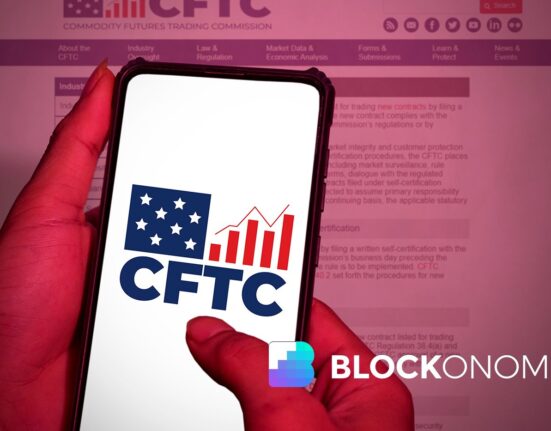TLDR:
- Miran urges regulators to revisit leverage rules to refine the supplementary leverage ratio’s treatment of key assets.
- The statement warns that current leverage calibration may constrain Treasury market liquidity during volatile periods.
- Treasurys and reserves remain central to liquidity mandates, yet still increase leverage exposure under existing rules.
- Miran links clearer standards to smoother Treasury intermediation and reduced stress during major market dates.
The Federal Reserve moved forward with its updated capital framework as Governor Stephen Miran voiced support for the final leverage rule. He argued that the measure should not restrict how banks manage their balance sheets in normal conditions.
Miran warned that the current structure can push banks toward unnecessary risk. He also noted that deeper changes to the supplementary leverage ratio still deserve attention.
Miran Calls for Overhaul of Supplementary Leverage Ratio
Miran raised concerns about how Treasurys and central bank reserves factor into the supplementary leverage ratio.
His statement, published in a joint release, argued that banks are required to hold these assets as core liquidity, yet face higher capital charges for doing so. He said the framework creates conflicting requirements that affect balance sheet planning.
The comments followed his broader support for the final rule, which he noted should prevent the leverage ratio from becoming a binding daily constraint.
He highlighted that Treasurys and reserves already receive riskless treatment under existing risk-based capital standards. According to the statement, consistent treatment across the full regulatory stack would reduce distortions in liquidity management.
Miran also linked the issue to Treasury market stability. He explained that banks face capital pressure when supporting high-volume Treasury and repo activity, which the market relies on for smooth trading.
Data from the joint release showed regulators stressing long-term stability while reviewing the broader capital framework. Miran emphasized that removing Treasurys and reserves from the supplementary leverage ratio could reduce strains during volatile periods.
He pointed to episodes where limited dealer capacity created friction in Treasury trading. His comments positioned the adjustment as a preventive step rather than an emergency-driven response.
Treasury Market Liquidity Remains Central to the Debate
Miran said the Treasury market depends on banks having room to intermediate without added capital penalty. He warned that liquidity shortages around key dates can intensify if dealer balance sheets tighten.
The statement argued that excluding these assets now would lessen the chance of market dysfunction later. His remarks linked the issue to the federal government’s borrowing needs, suggesting smoother intermediation helps secure better pricing for taxpayers.
The release also noted that transparent regulatory standards help avoid confusion during stress events. Miran said pre-established rules reduce the risk of actions being misinterpreted as targeted support for specific investors.
His comments indicated that the leverage ratio debate remains active as regulators continue broader capital reviews. He encouraged revisiting the calibration to ensure the latest rule delivers lasting stability.
His position underscored tensions between liquidity mandates and leverage constraints.
The joint release signaled that regulators expect further dialogue as the industry absorbs the updated framework. Miran said future adjustments should maintain focus on the supplementary leverage ratio to confirm that this round of reforms meets its objectives.







